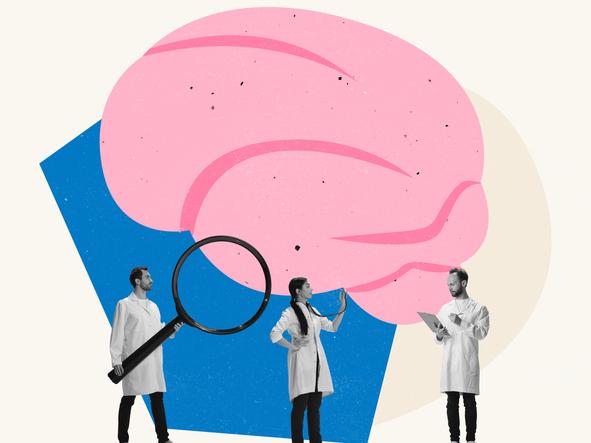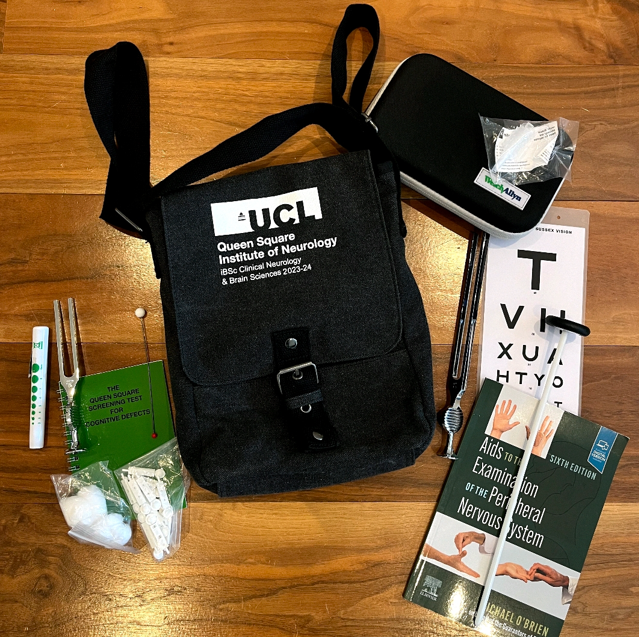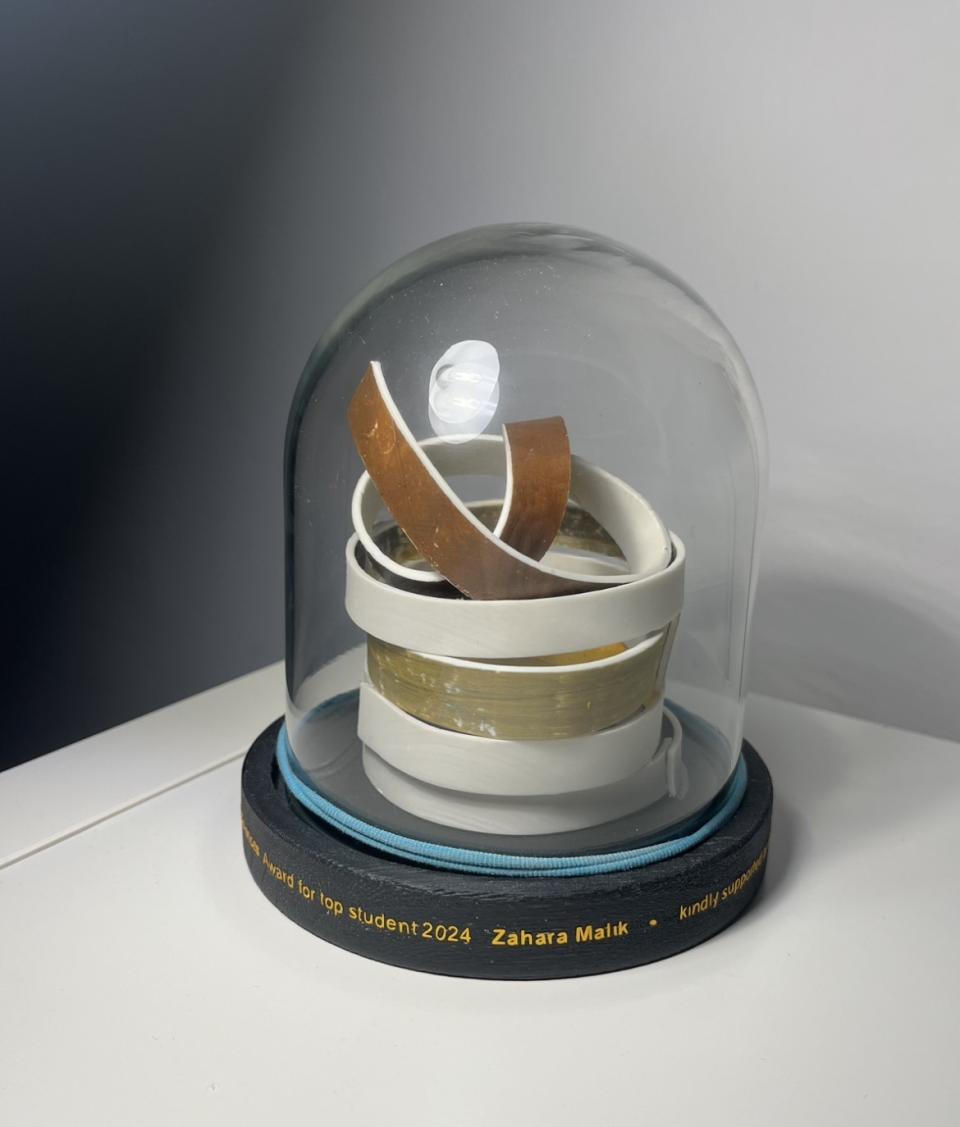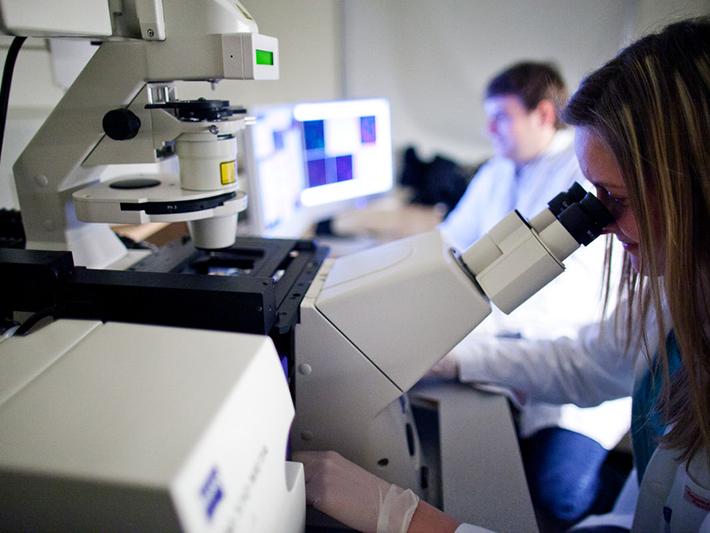
Three tips when creating a one-of-a-kind undergraduate degree

As a doctor, my specialty is neurology. Neurological conditions are common, but there is a shortage of neurologists in the UK and worldwide, and both doctors and medical students can be wary of neurology, as it is seen as the most difficult medical speciality. I am passionate about overcoming this neurophobia, and by leading my existing online clinical neurology postgraduate course for doctors based around the world, I hope I’ve made a difference.
But I wanted to expand that reach to medical students, too, and I was very excited when my faculty offered me the opportunity to develop an integrated undergraduate degree (iBSc) in clinical neurology. An iBSc is a one-year degree that medical students can take when they are three years into their medical degree. As far as we are aware, there has been no other clinical neurology iBSc in the UK, and there had not been an undergraduate degree at our institute before.
- Spotlight guide: THE Awards 2024: learn from the best in UK and Irish higher education
- How to embed sustainability into different curricula
- A ‘motivation and engagement wheel’ to keep students on board
I rapidly built up my first followers by reaching out to neurologists I knew. The resulting course committee is made up of about 15 fellow neurologists, who are interested in education. Their input and excitement have been invaluable. I then worked closely with the faculty tutor and with the deputy director of my institute, who leads on education. I had to obtain formal approval for the course and its seven modules. This did take quite a bit of time, even with the wonderful support from the UCL Arena team.
Support students’ ideas
There were lots of opportunities for innovative ways forward with the iBSc course. For example, rather than rely on the traditional approach of waiting for supervisors to suggest project topics, I allowed each iBSc students to choose their own library project, supporting them in the process.
This went really well in the first academic year. Chosen topics ranged from using technology to give patients with an inability to speak a way to communicate, to a project looking at the risk of seizures with different neurosurgical techniques. Currently, I am working up three of these projects with the students towards a hopeful publication.
I also sought to maximise the efficiency of resources, so some of the iBSc modules are closely based on existing MSc modules. This allows existing postgraduate material to be taught to our undergraduate students, which is possible because the learning outcomes, assessments and marking rubrics are level-specific for undergraduates.
Kit out your students
One thing I would have loved when I was a medical student was a neurology kitbag. Looking back on my many years as a working neurologist helped me choose the content. The main potential challenge is the cost – to make such a kitbag to these high standards would cost approximately 3 per cent of income coming in from student fees. I had to carefully develop the course business plan so that this would be achievable.
As far as I am aware, the resulting kitbag is the first standardised neurology kitbag ever at Queen Square, the centre of neurology in the UK. As there is no equivalent ready-made neurology kitbag available anywhere in the world that I am aware of, it did take me many months to source the individual components from reliable vendors at the most competitive prices. The students keep the bag after the degree. It has our course title emblazoned on it, so hopefully it will be an advocate for the course in the future hospitals they attend.

The neurology kit has been greatly appreciated by our students:
“The equipment is well chosen, and I appreciate the usefulness of it for my future practice and career.”
“Receiving the kit made me feel like a future neurologist - putting me in an excited and motivated headspace for the course.”
“The neurology kit has become a tangible reminder of this future for me. It motivates me to engage deeper in my studies and consider the hands-on implementation of the content I am currently learning.”
Reward students with something tangible
Finally, I have worked closely with a professional ceramicist, Helen Johannessen, looking at making ceramic brains to foster neurology learning.
Helen has kindly made individual awards for the top iBSc student each year. The awards provide an abstract interpretation of the brain’s cortical folds. They have a wonderful texture and colour from being fired with the iron oxide-rich foundation clay from our institute’s major new neuroscience site being built in London.

The award is highly appreciated by our students as a source of motivation. The first winner described it as “a truly meaningful piece that I will always treasure”.
I love this merging of art and science, which can flow through new projects such as this iBSc.
These are the opportunities available when creating a one-of-a-kind undergraduate degree. Offer your student free rein to work on the topics they’re passionate about, learn from your own undergraduate experiences to provide them with what they need, and think outside the box when it comes to motivation.
Tim Young is a professor (teaching) at the Queen Square Institute of Neurology, UCL. He was shortlisted in the Most Innovative Teacher of the Year category in the 2024 THE Awards. A full list of nominees can be found here.
If you would like advice and insight from academics and university staff delivered direct to your inbox each week, sign up for the Campus newsletter.


